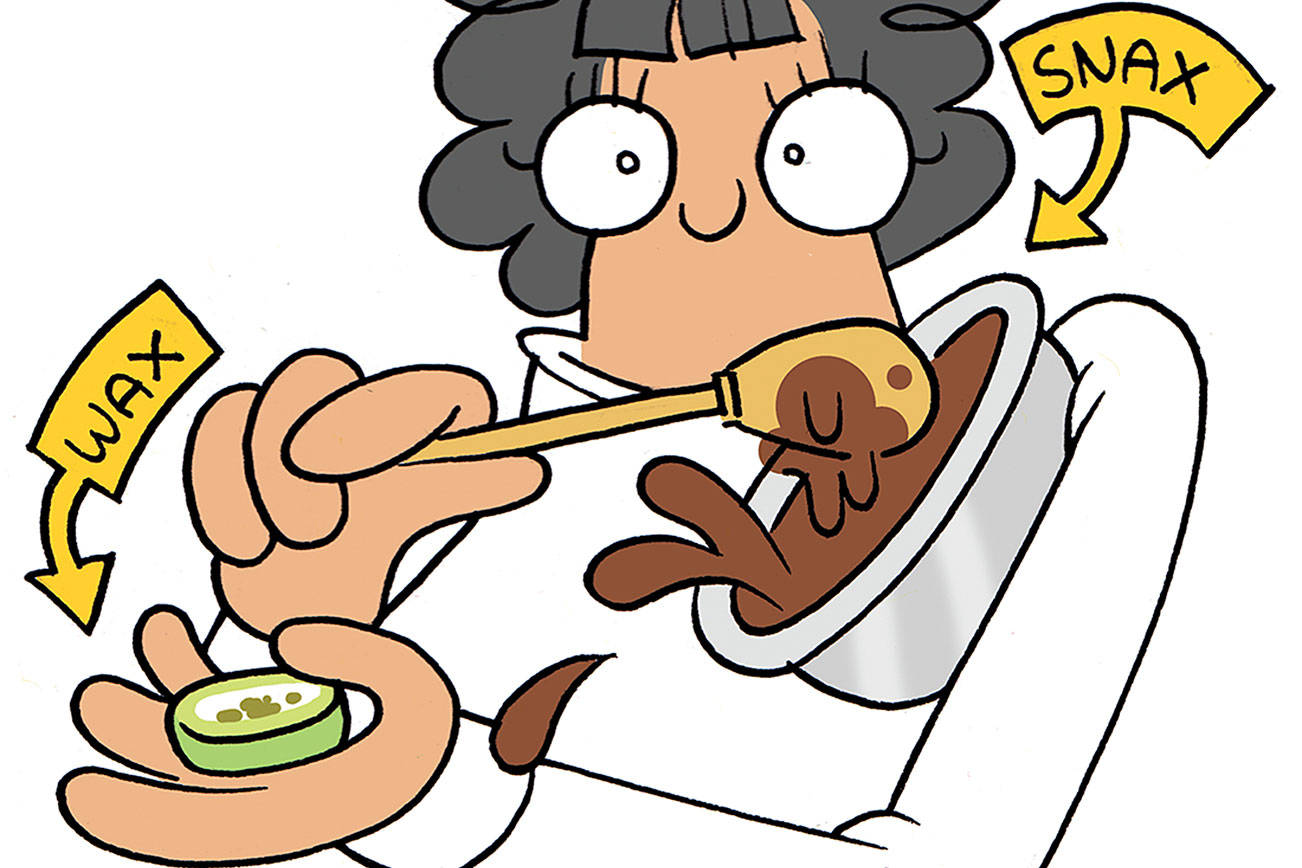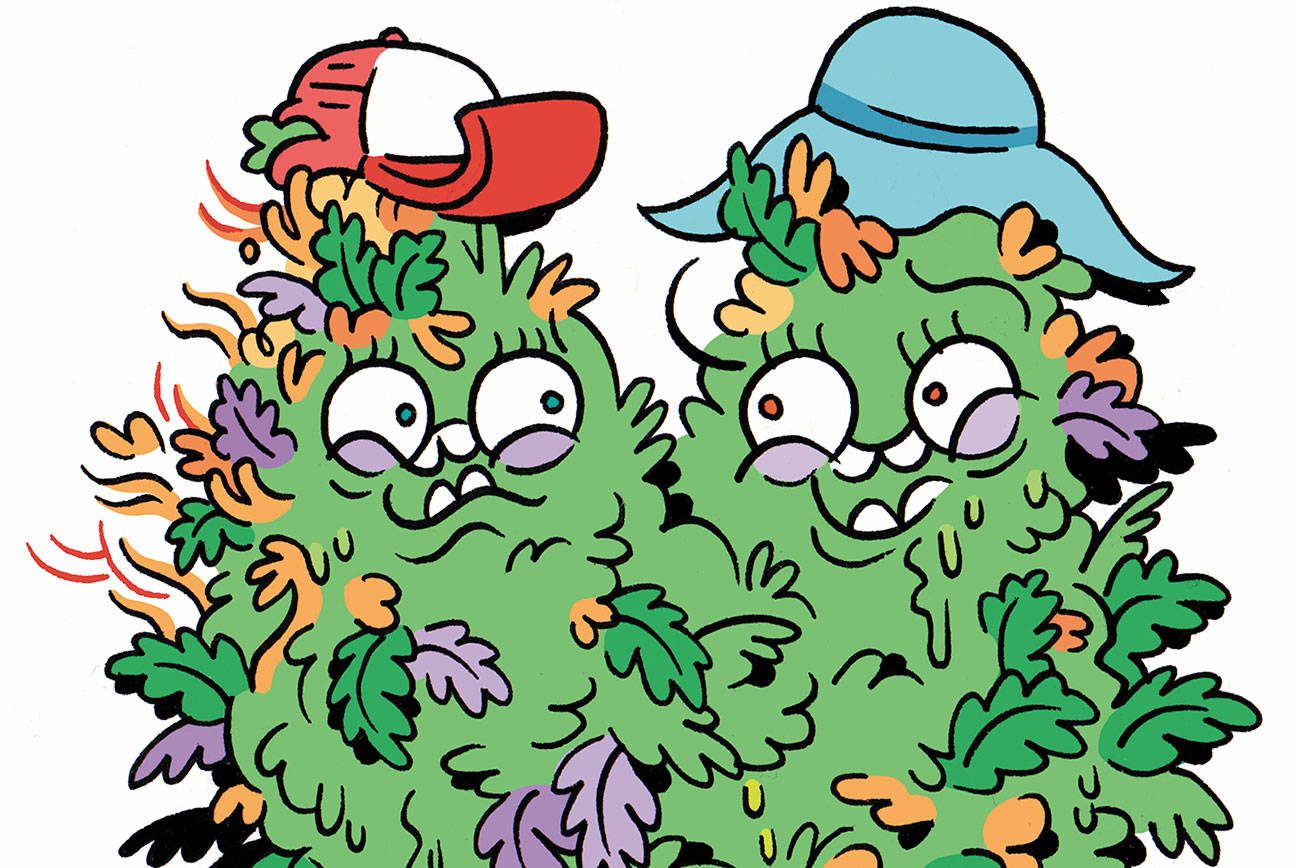If you’ve bought cannabis at a dispensary, you’ve probably been asked the indica/sativa question. What if I told you that question is not really as clear-cut as your budtender may make it seem? These two strains have much more in common than one might think.
“The data shows that indica and sativa is just morphology,” says Jeff Raber, an Los Angeles-based chemist and founder of cannabis testing company The Werc Shop. “It’s a misperception that indica will put you to sleep or that sativa is more energetic.”
Traditional wisdom tells us that sativas are generally uplifting, stimulating, and energizing, while indicas are usually sedating, relaxing, and great for dealing with pain. But it’s not just a reputation. Many people have real-life experiences that match these descriptions.
Adding to the confusion are medicinal strains, like Harlequin, specifically developed to maximize CBD content to treat severe pain, nausea, and seizures, but which is derived from a combination of indicas and sativas.
Tests have shown that many indicas have more CBD (cannabidiol) than THC. CDB is often used to deal with pain and seizures, but it’s not really a sedative. Sativas tend to be the opposite, boasting higher THC levels, which is responsible for making you feel “high,” but it’s not necessarily a stimulant. Raber suggests that it’s possible that we have only arrived at this stereotype through growers basically engineering the strains to mimic the reputations they are supposed to possess.
It turns out those terpenes that we talked about a couple weeks ago in Stash Box may be the key to understanding all this.
After testing thousands of strains of weed over the past eight years, Raber says it’s common for the same strain to come in under a variety of different names from different growers. He suggests that deeper research into terpenes—the molecules in cannabis responsible for taste and smell, as well as how cannabis interacts with your system—will bear fruit. “Every cannabis plant has a unique terpene profile, similar to a human fingerprint,” he states on his website. These profiles also seem to display specific medicinal and intoxicating effects.
Over 200 different terpenes have been identified in cannabis, but a handful of them are fairly common. Learning more about them would be a great place to start if you wanted to experiment with the effects of particular terpenes. (Leafly.com has a bong load of info on this topic.) Whether you use dried buds or concentrates, vape or dab at low temperatures to get the best smoking experience. Terpenes are volatile and burn off easily.
So where can a stoner start on a basic terpene-appreciation tour? Here are three terpene families with signature effect that appear in indicas, sativas, and hybrids.
Limonene is known for its mood-elevating effects and all-around stress relief. It’s also antifungal and can help with gastric and digestive issues. It can be found in the uplifting hybrid Trainwreck, the stimulating sativa Super Lemon Haze, and the happy-place-inducing indica Bubba Kush.
Strains with a strong myrcene profile are relaxing and can be used as sedatives, but this terpene also acts synergistically with the THC in the strain, enhancing its effects. The infamously strong indica Northern Lights, extremely stinky sativa Green Crack, and world-famous hybrid Blue Dream all have prominent myrcene profiles.
Pinene-rich strains tend to offer help with inflammation and asthma while stimulating creativity and even evoking a sense of mild euphoria. You can find this lovely terpene in the legendary sativa Jack Herer, the cerebral hybrid Dutch Treat, and the heavy indica Romulan.
stashbox@seattleweekly.com







